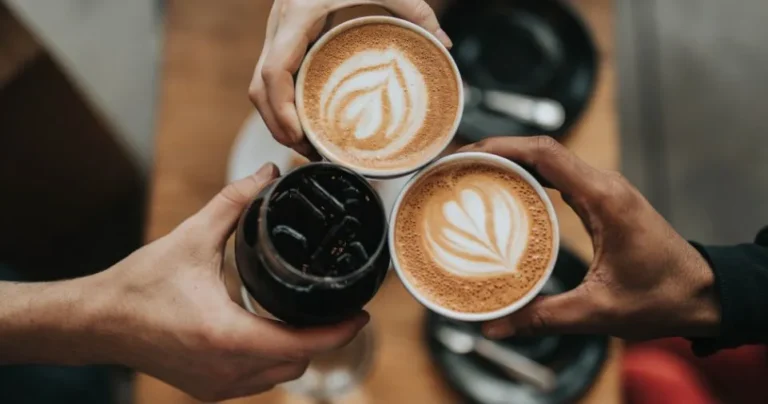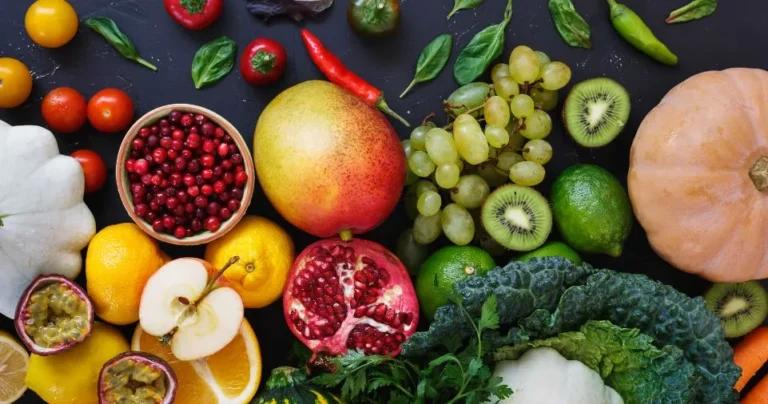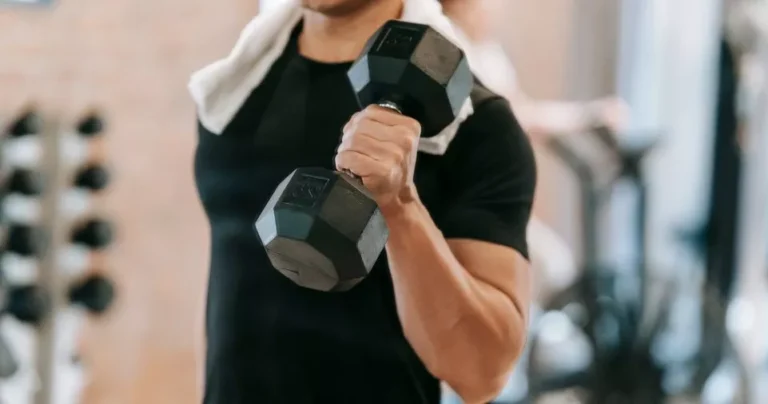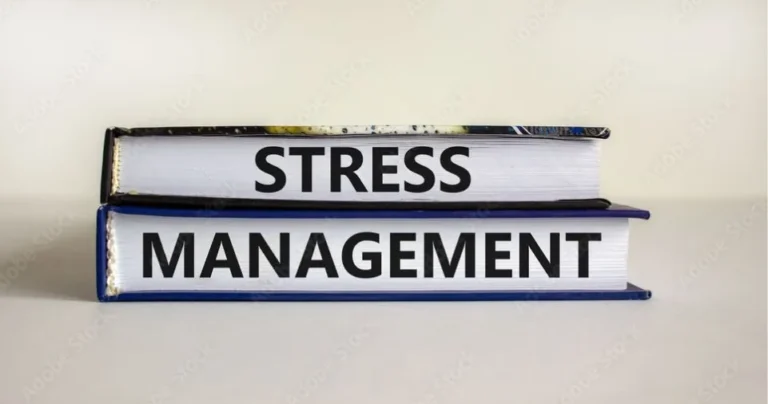wellhealthorganic.com: know why not to reuse plastic water bottles
It’s hard to imagine life without plastic water bottles, but a lot of people don’t know how bad they are for the earth.
We are going to talk about reusing plastic water bottles in this blog post and see how much of a change it can make for the environment.
Get ready to be shocked by the truth and motivated to change things for a better future!
Introduction to the issue of plastic pollution and the role of plastic water bottles in it
Plastic waste is becoming a bigger problem for the earth and is having big effects on our world. Every year, more than 8 million tonnes of plastic end up in the oceans.
By 2050, the World Wildlife Fund predicts that there will be more plastic than fish in the sea. This scary situation happens because so many people use and throw away single-use plastics, like water bottles made of plastic.
Plastic water bottles have become very popular because they are easy to find and carry. That being said, this ease of use costs the earth a lot.
Making plastic water bottles uses a lot of resources that don’t grow back, like crude oil and natural gas. These resources are taken out of the ground in ways that are bad for the environment and add to pollution in the air and water.
Also, polyethylene terephthalate (PET), the main material used to make water bottles, doesn’t break down for hundreds of years.
So, plastic bottles that are thrown away fill up landfills or end up in the oceans, where they break down into tiny pieces called micro plastics that hurt marine life and end up in our food chain.
Along with that, making plastic water cups adds a lot to carbon pollution. A 2019 study by The Guardian says that making and transporting bottled water releases more than 22 million tonnes of carbon dioxide each year, which is the same amount of pollution that five million cars release each year.
The National Geographic Society also says that only about 9% of plastic water bottles are recovered around the world.
Most plastic that is only used once is burned or thrown away, where it can take hundreds of years to break down completely. Chemicals that are bad for the earth are also released when things break down slowly.
Because of this, we need to do something about plastic waste and stop using so many single-use plastics like water bottles. We can take steps to lessen their damage to the world once we know what part they played in this situation.
We will talk more about how refilling plastic water bottles hurts the world in this blog post. We will talk about options to single-use plastics and give you ways to use fewer plastic water cups.
It is time to confront plastic pollution and take steps towards a more sustainable future.
Plastic waste needs to be fixed, and steps need to be taken to make the future more secure.
The environmental impact of single-use plastic water bottles wellhealthorganic.com: know-why-not-to-reuse-plastic-water-bottles-know-its-reason-in-hindi
Millions of plastic water cups are made and used every day, making them an everyday item. However, these single-use cups hurt the earth in a big way because they are convenient and easy to carry.
Pollution is one of the worst things that single-use plastic water bottles do to the earth. Over 8 million tonnes of plastic are thought to end up in our seas every year.
A lot of this plastic comes from water bottles that people throw away. It can take hundreds of years for these bottles to break down in dumps, parks, beaches, and other wild places where they are dumped.
This not only hurts sea life, but it also changes the way whole ecosystems work.
Also, the process of making these bottles leaves behind a large amount of carbon dioxide. Oil is the main ingredient in plastic.
Getting it out of the ground and processing it takes a lot of energy and puts dangerous greenhouse gases into the air.
Carbon emissions are also caused by the methods of shipping and packing. All of these things have a big effect on the temperature of our world.
One more problem with single-use plastic water bottles is that they might be bad for people’s health. Many bottled waters have chemicals in them that are bad for you, like bisphenol A (BPA).
These chemicals can get into the water over time and have been linked to major health problems like cancer and problems with reproduction.
In addition, the process of making these bottles exposes workers to chemicals that are bad for their health.
Single-use plastic water bottles might seem handy, but the fact that so many people use them is bad for the earth.
There are many ways that these bottles hurt the environment, such as through pollution, climate change, health risks, and the use up of resources.
As shoppers, we need to think about the choices we make and how they affect the environment.
By using water bottles more than once, we can greatly lower our impact on these negative outcomes and help make the world better and more sustainable for future generations.
Reasons why reusing plastic water bottles is not advisable
From an environmental and health point of view, it is not a good idea to reuse plastic water bottles for a number of reasons.
It might seem easy and cost-effective to refill plastic water bottles, but doing so can be bad for our health and the health of the world in the long run.
To begin, plastic water bottles aren’t made to be used for more than one thing. They are only meant to be used once and shouldn’t be washed and refilled over and over again.
Because of this, they can get scratched or broken over time, which can cause micro plastics to get into the water. Next, when we drink from the bottle, these micro plastics can get into our bodies and maybe hurt us.
Also, using plastic water bottles more than once raises the chance of bacteria growing inside them. As we drink water from the bottle throughout the day, germs from our lips can stick to the outside of the bottle.
These germs can grow and make you sick with diarrhea or food poisoning if you don’t clean them properly or often enough.
Also, constantly replacing plastic water bottles speeds up the process of breaking down. Plastic is made of chemicals that break down in the sun or heat over time, releasing dangerous chemicals into the world.
When bottles are used again and again, they are constantly exposed to different temperatures and conditions, which speeds up this process.
Also, using plastic water bottles more than once keeps our society dependent on single-use plastics.
We are adding to the demand for more single-use plastics by refilling throwaway bottles over and over again instead of buying one that can be used more than once.
These actions have big effects on the earth because they cause more waste and trash to fill up.
Reusing plastic water bottles defeats the point of using them as an environmentally friendly option to buying drinks in bottles.
It might seem like a better choice than putting them away after just one use, but using them over and over again still hurts the earth because it takes energy to clean them and make new ones.
Finally, it’s not a good idea to reuse plastic water bottles because it could be bad for your health, hurt the earth, and make us more dependent on single-use plastics.
Instead, we should buy a water bottle that is made from eco-friendly materials like glass or stainless steel that will last and be used over and over again. In this way, we can lower our carbon output and help make the world a better place for future generations.
Harmful chemicals released from reused plastic water bottles and their effects on health
For bringing and keeping water, plastic water bottles have become popular because they are easy to carry and store. Plastic water cups, on the other hand, have caused a worrisome amount of trash and damage to the earth.
One thing that many people have done is use plastic water bottles more than once before throwing them away.
It might seem like a good way to cut down on waste, but it’s important to know that used plastic water bottles give off chemicals that are bad for your health.
To begin, polyethylene terephthalate (PET) or polycarbonate (PC) plastics are used to make most plastic water bottles.
When these kinds of plastics get hot or start to break down over time, they can release chemicals that are harmful.
If you use the same plastic water bottle more than once, it is more likely to be heated and put under physical stress, which raises the risk of chemicals escaping.
Biphenyl-A (BPA), a chemical that is often found in PET bottles, has been linked to a number of health problems, including hormonal imbalances, problems with reproduction, and even cancer.
Studies have shown that BPA can get into the liquids inside a bottle when it is heated up or mixed with acidic liquids.
So, using the same plastic bottle for hot drinks or putting acidic foods in it can make it more likely that BPA will get into your drink.
Also, PC plastics have a chemical in them called phthalates that softens the plastic. Phthalates have been linked to problems with growth in kids and with hormones in adults.
Like BPA, phthalates can seep into the innards of used plastic bottles over time.
Reusing plastic water bottles might seem like a small way to help cut down on waste, but it’s important to know the risks that come with it.
To avoid being exposed to dangerous chemicals, it is best not to reuse plastic water bottles. Instead, choose refillable water bottles made of better materials like glass or stainless steel.
We can improve our health and the world by being aware of the things we buy and how they affect others.
Alternatives to using plastic water bottles and their benefits for the environment
There are a lot of plastic water bottles in our everyday lives, but they are damaging to the earth.
Plastic water bottles pollute the environment, release greenhouse gases, and hurt wildlife from the time they are made until they are thrown away.
The good news is that there are many options besides using plastic water bottles that are better for the world.
1) Reusable Water Bottles
Buying a water bottle that you can use again and again is one of the easiest ways to stop using plastic ones. You can make these out of stainless steel, glass, or BPA-free plastic, and you can fill them up a lot of times.
If you choose a reuse bottle that will last a long time, you will use less single-use plastic and help reduce the amount of trash that ends up in dumps and the ocean.
One more benefit of reusable water bottles is that they keep your drinks colder for longer and can be cleaned in the machine.
Also, many companies now make insulated choices that keep your drinks hot or cold for a long time without the need for single-use cups or cases.
2) Filtered Water Pitchers
You could also get a filtered water pitcher instead of getting filtered water in bottles.
This choice cuts down on both the wasteful packing and harmful pollution that come from transporting bottled water.
It also gives you constant access to clean water for drinking without having to buy new bottles all the time.
3) Refill Stations
More and more people like to use refill machines in public places like parks, airports, and shopping malls.
People can fill up their reusable water bottles with filtered tap water at these spots for free or for a small fee compared to buying water in bottles on-site.
4) SodaStream Machines
People who like fizzy drinks but want to be more environmentally friendly can use SodaStream makers instead of buying them in plastic bottles or cans.
You can make your own soda or sparkling water at home with these tools because they use reused CO2 bottles that quickly carbonate normal tap water.
Benefits for the Environment
If you switch from single-use plastic water bottles to these options, it will be much better for the earth.
We can lower carbon pollution and save resources like oil and water that are used to make plastic bottles by lowering the desire for them.
Also, picking items that can be used again means less trash in dumps and the ocean, which helps protect animals and lowers pollution.
Instead of using plastic water cups, there are many other options that are better for the earth.
We can all help make the world a better place for future generations by making small changes to the things we do every day. Let’s make the change right now!
Tips for reducing single-use plastic consumption in daily life:
- Carry a reusable water bottle: Instead of buying single-use plastic water bottles, buy one that you can use over and over again. It will last longer and be better for the environment. This will save you money in the long run and cut down on the amount of plastic trash you make.
- Say no to plastic straws: Plastic straws are a type of single-use plastic that ends up in the seas and trash a lot. You could use paper, bamboo, or metal straws instead, or you could just not use a straw at all.
- Bring your own bags while shopping: Single-use plastic bags are another big problem that hurts the earth. Make it a habit to bring reusable bags with you when you go shopping or running chores.
- Choose products with minimal packaging: A lot of things come in thick layers of plastic that people throw away after only one use. To cut down on plastic trash, choose goods with little or no wrapping or buy in bulk.
- Use alternatives to plastic wrap: Instead of cling wrap or sandwich bags, use beeswax wraps or silicone food storage bags that can be washed and used again and again.
- Avoid buying single-serve items: Single-serve food, sauces, and products often come in small plastic bags that quickly add up over time. The amount of single-use plastics you use can be cut down by buying in bulk and dividing them up yourself.
- Invest in reusable containers: Going to bring your own lunch? Instead of using throwaway containers like Ziploc bags or aluminium foil, you might want to buy ones that will last.
- Choose loose produce over pre-packaged ones: Foods at shopping stores are often wrapped in layers of plastic that aren’t needed. Choose loose fruit instead, and if you need to, bring your own cloth bags.
- Avoid disposable cutlery and plates: Instead of using throwaway plastic tools when you go out to eat, bring your own. Instead of single-use plastic plates, cups, and utensils, you might want to use biodegradable or reusable ones if you are having a party or event.
- Spread awareness and encourage others to do the same: Tell your family and friends about how single-use plastics are bad for the environment and give them ideas on how to use less of them in their daily lives. If we want to protect our world from plastic waste, small changes can add up to big results.
ALSO READ
Conclusion: The importance of being mindful about our choices and taking small steps
We need to be aware of the choices we make and take small steps to lessen the damage that refilling plastic water bottles does to the earth.
Our daily lives depend on single-use plastic water bottles, but we can’t ignore the problems that come with this ease of use.
Being aware of the decisions we make can help us start by not buying single-use plastic water bottles at all. We can use stainless steel or glass water bottles instead, which can be used more than once.
This small change can help cut down on the amount of plastic trash that ends up in the seas and dumps.
Regarding plastic water bottles, recycling should never be the first thing that comes to mind.
People try to recycle, but only a small amount of plastic gets recovered because of things like contamination and a lack of the right facilities.
Because of this, we need to make smart choices about how to use plastics in general so that we don’t have to recycle as much.
While refilling plastic water bottles, every little bit helps lessen the damage we do to the earth.
By thinking about the decisions we make and taking small steps towards sustainability, we can protect the health of our world for future generations in a big way. To make the world healthier, let’s all make an effort to use less, reuse things, and recycle.






